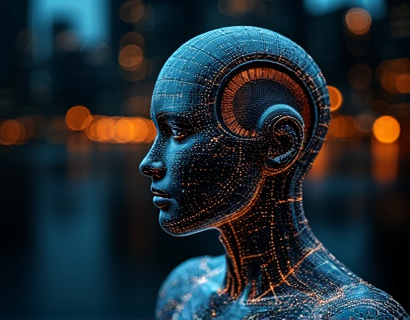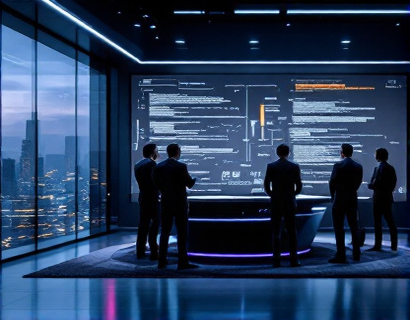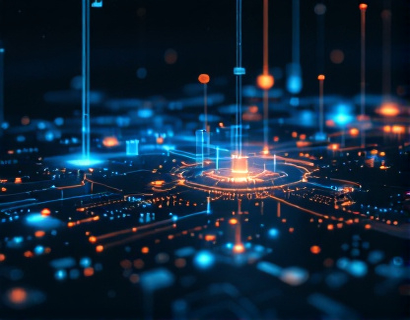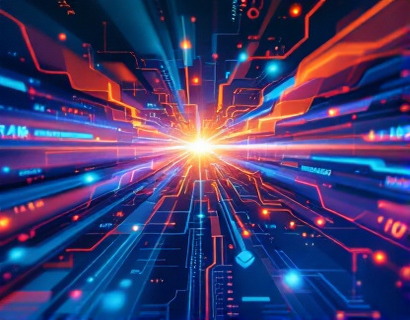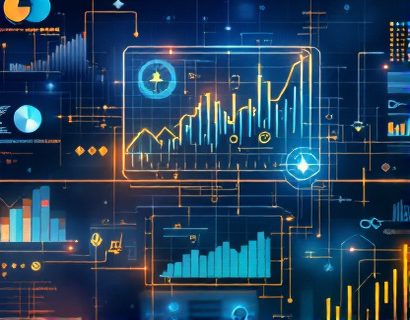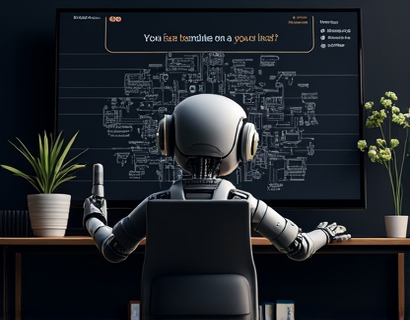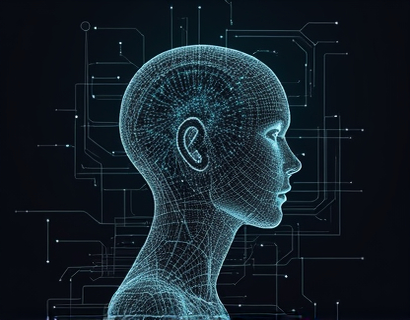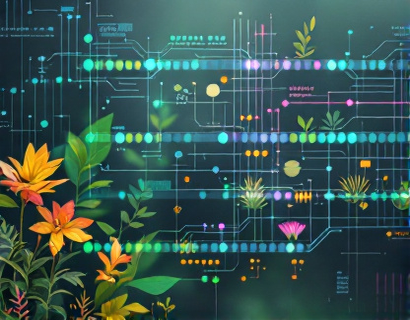AI-Powered Translation Technology: Elevating Global Communication for Businesses and Individuals
In an increasingly globalized world, the ability to communicate effectively across languages is more crucial than ever. AI-powered translation technology has emerged as a transformative force, breaking down language barriers and enhancing business interactions on a global scale. This advanced technology leverages the power of artificial intelligence to provide precise and rapid translations, ensuring seamless multilingual connections across diverse industries. The evolution of translation tools has not only made global communication more accessible but has also opened new avenues for businesses and individuals to connect, collaborate, and succeed in the international market.
The Importance of Accurate Translation in Global Business
Accurate translation is the cornerstone of successful international business operations. Miscommunication due to language barriers can lead to misunderstandings, errors, and even the loss of valuable business opportunities. Traditional translation methods, while effective, are often time-consuming and costly, limiting their practicality for real-time communication. AI-powered translation technology addresses these challenges by offering fast, accurate, and cost-effective solutions. These tools can process and translate large volumes of text or speech in seconds, making them ideal for businesses that require immediate and reliable communication across languages.
How AI Translation Technology Works
AI translation technology operates on complex algorithms and machine learning models that continuously learn and improve from vast amounts of data. The process begins with natural language processing (NLP), which enables the system to understand and interpret the context and nuances of human language. Once the input text or speech is analyzed, the AI model generates an accurate translation by drawing on its extensive linguistic knowledge base. This base is constantly updated with new data, ensuring that the translations remain up-to-date and contextually relevant. The result is a level of precision and fluency that was previously unattainable with traditional translation methods.
Benefits for Businesses
For businesses, the benefits of AI-powered translation technology are manifold. Firstly, it significantly reduces the time and cost associated with human translation, allowing companies to communicate quickly and efficiently with international partners, clients, and customers. This speed is particularly crucial in fast-paced industries such as finance, e-commerce, and technology, where timely communication can be a competitive advantage. Additionally, AI translation tools can handle multiple languages simultaneously, making it easier for businesses to expand into new markets without the need for extensive localization efforts. This scalability is invaluable for companies looking to grow globally.
Moreover, AI translation technology enhances customer service by enabling businesses to provide support in multiple languages. This not only improves customer satisfaction but also broadens the customer base. For instance, a multinational corporation can use AI translation to offer real-time support to customers in different regions, ensuring that language does not become a barrier to service. This level of accessibility can lead to increased loyalty and repeat business, ultimately driving revenue growth.
Benefits for Individuals
Individuals also stand to gain significantly from AI-powered translation technology. Travelers, for example, can use these tools to communicate with locals, read signs and menus, and navigate unfamiliar environments with ease. This can greatly enhance the travel experience, making it more enjoyable and less stressful. Students and researchers can benefit from instant translations of academic papers, articles, and other resources, facilitating cross-cultural collaboration and knowledge sharing. Furthermore, AI translation tools can help individuals connect with friends and family who speak different languages, fostering stronger personal relationships across borders.
Real-World Applications Across Industries
The applications of AI translation technology are vast and varied, extending to numerous industries. In the healthcare sector, accurate translation is critical for patient care and safety. AI tools can translate medical records, patient instructions, and emergency communications, ensuring that language does not impede the delivery of quality healthcare. In the legal field, precise translations of contracts, court documents, and legal proceedings are essential to maintain the integrity of the legal process. AI translation can help lawyers and judges communicate effectively with non-native speakers, reducing the risk of misinterpretation.
In the education sector, AI translation tools can facilitate international academic collaborations and provide language learning resources to students. Teachers can use these tools to create multilingual lesson plans and materials, making education more inclusive. In the tourism industry, AI translation can enhance the visitor experience by providing real-time translations of signage, menus, and cultural information, helping tourists to fully immerse themselves in their destinations.
Challenges and Limitations
Despite its numerous advantages, AI translation technology is not without challenges. One of the primary limitations is the accuracy of translations in highly nuanced or context-dependent languages. While AI has made significant strides, it still struggles with idiomatic expressions, sarcasm, and cultural references that may not translate directly. Additionally, the quality of translation can vary depending on the complexity of the text and the specific language pair. Continuous improvements in AI algorithms and the availability of high-quality training data are essential to overcoming these limitations.
Another challenge is the potential for over-reliance on AI translation tools, which could lead to a decline in human language skills and cultural understanding. It is important for users to strike a balance between leveraging technology and maintaining their own language abilities. Furthermore, privacy and security concerns must be addressed, as sensitive information may be processed through these translation tools. Ensuring robust data protection measures is crucial to maintaining user trust.
Future Trends in AI Translation Technology
The future of AI translation technology looks promising, with several exciting trends on the horizon. One such trend is the integration of AI with other advanced technologies like augmented reality (AR) and virtual reality (VR). This could lead to immersive translation experiences where users can interact with virtual environments in their native language, enhancing learning and communication. Another trend is the development of real-time, context-aware translations that can adapt to the specific context of a conversation, further improving accuracy and fluency.
Additionally, the rise of multilingual AI models that can handle multiple languages simultaneously is set to revolutionize translation services. These models can seamlessly switch between languages, providing a more fluid and natural translation experience. The increasing availability of low-resource language data and the development of transfer learning techniques will also help in expanding the range of languages supported by AI translation tools, making global communication even more accessible.
Conclusion
AI-powered translation technology is transforming the way businesses and individuals communicate across languages and cultures. By offering precise, rapid, and cost-effective translations, these tools are breaking down barriers and opening up new opportunities for global interaction. As the technology continues to evolve, it will play an increasingly vital role in fostering international collaboration, expanding market reach, and enriching personal connections. Embracing AI translation is not just a strategic advantage but a necessity in today's interconnected world.




